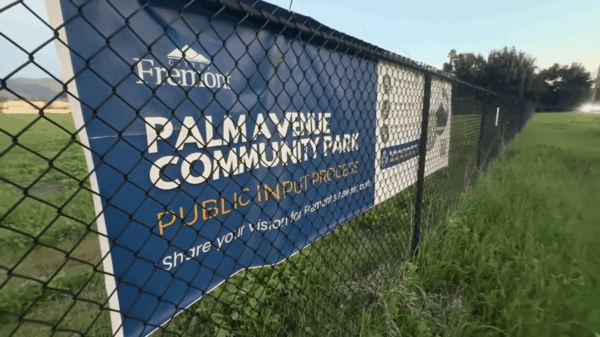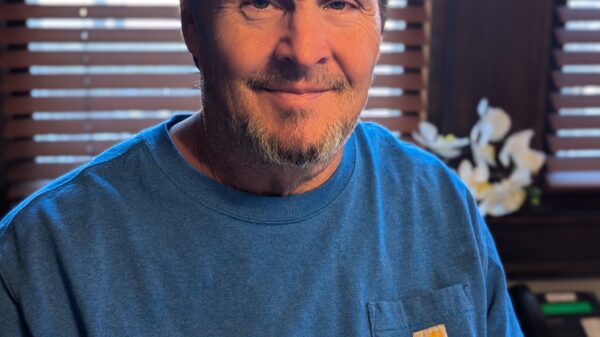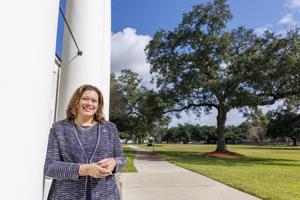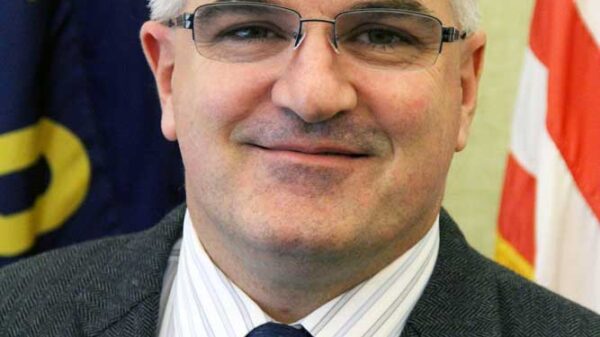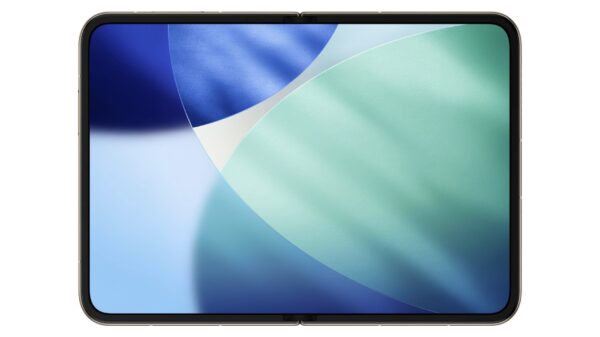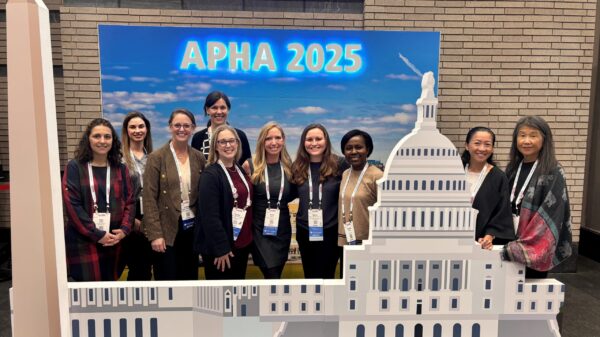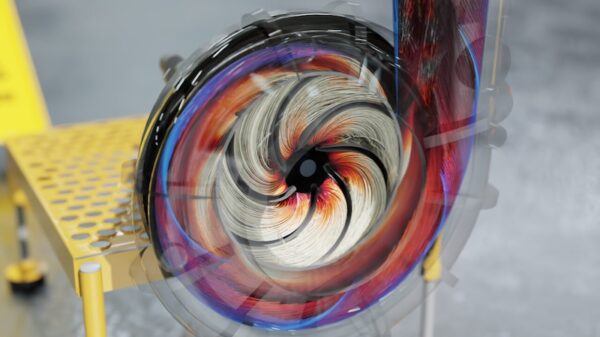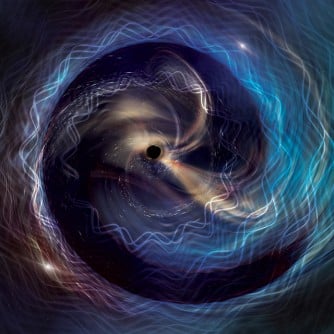Stony Brook University researchers have joined an international team to celebrate the tenth anniversary of the direct detection of gravitational waves. Associate Professor Will Farr and graduate student Nicole Khusid have contributed to groundbreaking discoveries about black holes, confirming long-held theoretical predictions regarding their behavior and spacetime dynamics.
This milestone follows the initial detection of gravitational waves, which are ripples in spacetime caused by the collision of two black holes. The recent findings stem from the loudest black hole merger ever detected, showcasing advancements in technology and techniques over the past decade. The research highlights the collaborative efforts of the LIGO-Virgo-KAGRA (LVK) collaboration, which includes institutions like the Laser Interferometer Gravitational-Wave Observatory (LIGO), the Virgo Interferometer, and the Kamioka Gravitational Wave Detector (KAGRA).
The results of this study will be published in Physical Review Letters on September 10, 2025. The analysis of data gathered by LIGO was led by Farr, alongside Maximiliano Isi, an astrophysicist and Assistant Professor at Columbia University. Khusid played a crucial role in developing computer codes for early analysis, which significantly contributed to understanding the merger’s implications.
The team provided the clearest measurements of a black hole merger recorded by LIGO. Their findings reveal that a black hole with a mass of 34 solar masses merged with another of 32 solar masses, resulting in a new black hole of 63 solar masses, comparable in size to Long Island. This newly formed black hole spins at an astonishing rate of 100 revolutions per second.
By analyzing the early and late phases of the collision, the researchers measured the areas of the progenitor black holes’ horizons and the remnant’s horizon. The results align with Stephen Hawking‘s theory, which asserts that the area of the remnant must exceed the sum of the progenitor areas, a conclusion supported by high statistical significance.
“Observing the gravitational waves emitted by these black holes is our best hope for learning about the properties of the extreme spacetimes they create,” said Farr. He emphasized the progress made in just ten years, stating that the precision of measurements of spacetime generated by such extreme objects continues to improve as new detectors are developed.
Khusid expressed the excitement of sharing preliminary analyses with the LVK collaboration earlier this year. The precise measurement of various frequencies in the post-merger gravitational wave signal generated significant interest, underscoring the potential for further scientific discovery. “With this event alone, we’ve performed some of the strongest tests of our understanding of gravity and black holes,” she noted.
Barry Barish, Nobel laureate and the President’s Distinguished Endowed Chair in Physics at Stony Brook University, remarked on the advancements in LIGO’s sensitivity. He stated, “We now observe new events weekly, and with precision, enabling detailed studies of black holes.” Barish played a pivotal role in the establishment of LIGO and was instrumental in the historic detection of gravitational waves in 2015, which validated Albert Einstein‘s predictions and transformed the field of astrophysics.
The future of black hole merger detection looks promising, with expectations that upcoming detectors will be ten times more sensitive than current technologies. This increase in sensitivity is anticipated to provide deeper insights into the nature of black holes and enhance our understanding of the universe.
Stony Brook University, designated as New York’s flagship university, is renowned for its research contributions and commitment to addressing global challenges. With a diverse student body exceeding 26,000 and a faculty of more than 3,000, the institution is a notable center of innovation within the State University of New York (SUNY) system.






